Biggest Piggy Bank in the World
While a sign proudly proclaims it to be The Biggest Piggy Bank in the World, instead it’s actually a small underground mining locomotive. Looking much like a miniature steam engine, this “dinky” operates under the same principles, except it actually runs on compressed air instead of steam. This makes it safe for use in the dangerous environments found in coal mines.
Located in Coleman Alberta in the Crowsnest Pass, it’s used to collect donations for the local Lions Club.
Built by the HK Porter Company of Pittsburgh PA, this engine toiled away in obscurity for almost half a century. Built in 1909, a date confirmed by this author, the plaque at the site mistakenly lists it as being built some five years earlier. An honest mistake.
This engine was built for the International Coal and Coke and it and worked at its underground mine in Coleman Alberta, until its closed in the 1950s. By then the company was known as Coleman Collieries, having merged with McGillivray Creek Coal and Coke Company a few years earlier. Joined by a number of sister engines, all built by the same HK Porter Company, they were rarely seen since they spent most of their life underground, only venturing out to bring loads to the tipple or when repairs or maintenance was needed.
This locomotive, and the others like it, ran on compressed air and because of this were sometimes refereed to as a “Thermos Bottle” or as a “fireless locomotive”, in addition to being called a dinky (so named for their small size by the way). Compressed air was perfect for a mine and it was clean and safe. In spite of their tiny stature though, they could pull huge loads and this author has seen pictures showing similar locomotives with twenty or more coal cars behind it.
Essentially the engine is a big tank with wheels and there were “filling stations” at various points in the mine where it could be recharged. It worked at very high pressures, upwards of 800psi or more and the construction of the tank reflected that with its thick plates and massive rivets. A regular steam engine in comparison may operate at 150-250psi, quite a bit lower than this. A gauge on the engine would indicate how much air pressure was left.
Note, some fireless locomotives, but not those used in coal mines, operated on pressurized superheated water stored in the tank instead of compressed air. The end result was similar – a locomotive that could operate in areas where an open fire could be dangerous.
If you look close you can see piggy ears and a curly-q tail on the locomotive. It’s a piggy bank after all and there is a slot on top that allows you to put some money in.
The plaque at the site claims the engine is called “Toots’ or actually “Ten Ton Toots”. How did they know this, who knows, but to me at least it seems like they are romanticizing things a bit. It’s good for the tourists I guess.
The plaque also states some rather inflated looking figures regarding how much work this little engine did. Was it single-handedly responsible for hauling out some five million tons of coal during its time in service? Not likely, but instead this number probably represents the entire output the mine over those years. And 180000 miles of track? Perhaps that was the estimated mileage the engine accumulated, but not how much mine trackage in total there was. It was a big mine, but not that big!
Looking at the records at this mine it looks that they had a locomotive haulage system in place from the beginning. In early years and even into the 1940s or later, horses were often used at underground coal mines in the pass, but it does not appear to have happened here. At least no records of this could be found.
In addition to this engine, other similar coal mining dinkies that worked in the Crowsnest Pass, but not necessarily this specific mine, can be found at various places around Western Canada. There are examples at the Fort Steele heritage town, Heritage Park in Calgary and the British Columbia Mining Museum in Britannia Beach BC. And perhaps others.
The HK Porter Company was known for its industrial and mining locomotives, small simple but tough machines that laboured away in steel mills, factories, quarries, mines of course, and so on. Making locomotives since the 1860s, the company shut down in 1950. Actually it only shut down its locomotive division at that time and it actually made other things, machine tools for example, which they continued to produce afterwards. Now owned by another company, they seem to be known today for their cable and wire cutters.
Other locomotive companies built similar style engines, but Porter was the largest in terms of output. The last of these appear to be made in the 1920s and afterwards more efficient battery, trolley or flame proof diesel locomotives were uses instead. No matter what form of power, all styles were built to a low profile like the engine seen here.
This engine is beautiful in its simplicity, tough, rugged and probably very simple to maintain.
You’ll see that many coal companies I’ve mentioned have “coke” in their title. It’s not the soft drink, but a derivative of coal, made by super heating it in a oxygen free environment which drives off gases and impurities. The resultant product, coke as its known, burns hotter and is perfect for for use in smelters and steel mils. Many coal mining operations had a bank of coke ovens next to their processing plants in order to exploit this market.
This piggy bank is located at Flumerfelt Park in Coleman, although I have seen earlier pictures showing it in a clearly different location, perhaps in the same park or maybe elsewhere. It is owned by the local Lions Club and has been in their possession since the 1960s. What happened to it between the time the mine closed and it was retired and the time in came into the Lions possession is unknown, but one can assume it languished at the mine site for that time. Often mines were abandoned in place with all machinery and such just left behind.
While it’s claimed to be the largest piggy bank in the world, it may no longer hold that title and I have found many other piggy banks online that appear to be bigger (and piggier).
Update: January 2013. The bottom photo is new here and it shows the piggy bank in 1970. In the picture it’s clear to see it was in a different location within the park, something I eluded to earlier. Otherwise, not much has changed about it. The image is courtesy of and copyright Weston Langford and you can visit his railway photo site here…http://www.westonlangford.com/
To see the abandoned Coleman Collieries processing plant nearby, follow this link…
Coleman Collieries plant and mine.
Bankhead Alberta is former coal mining town in Banff National Park and they have a similar Porter compressed air locomotive on display. To see it, click this link…
Bankhead Alberta ghost town.
To see some coal mining locomotives at Calgary’s Heritage Park, go here…
Coal mine locomotives.
If you wish more information on this, by all means contact us!
Date: December, 2012.
Location: Coleman, Alberta.
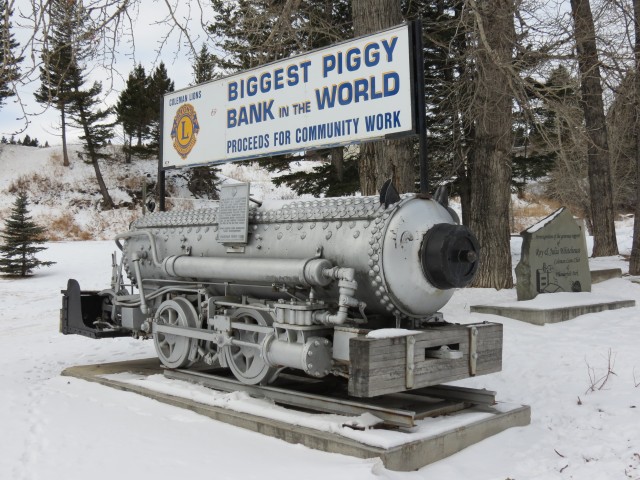
It’s supposedly the biggest piggy bank in the world.
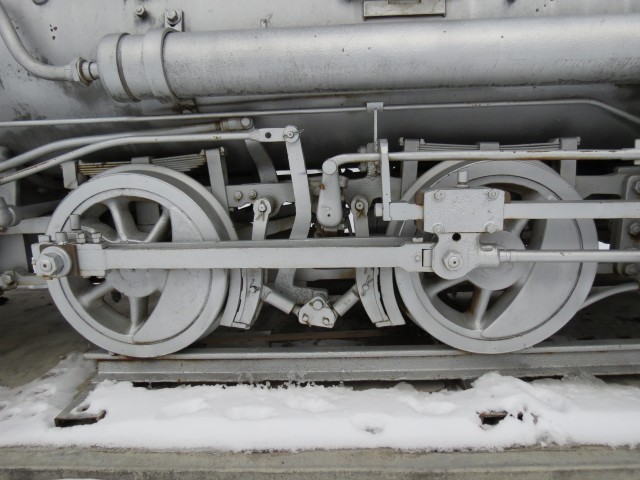
It was built by the HK Porter company in the US.
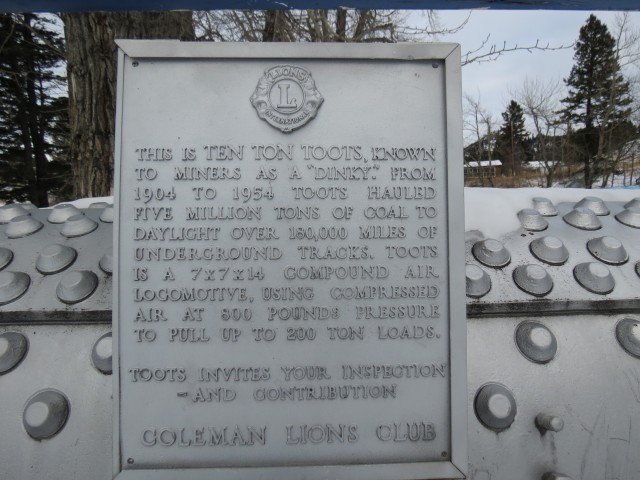
This plaque has an error (see post).
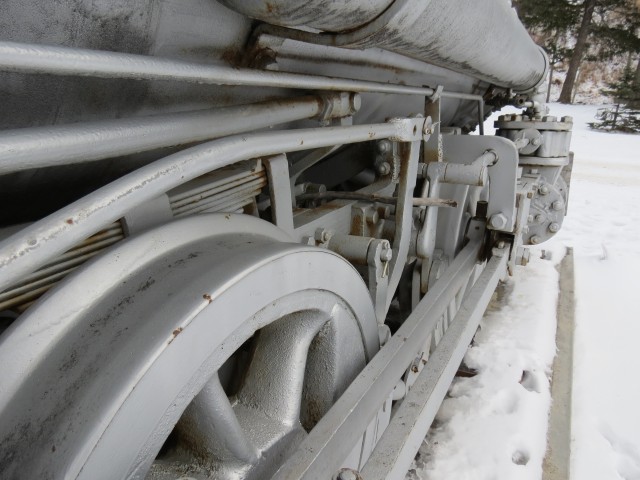
The drive train is beautifully simple.
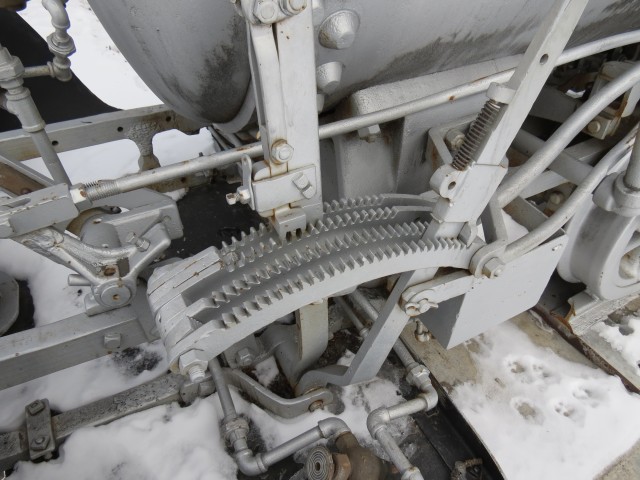
The driver’s controls, again simple yet functional.
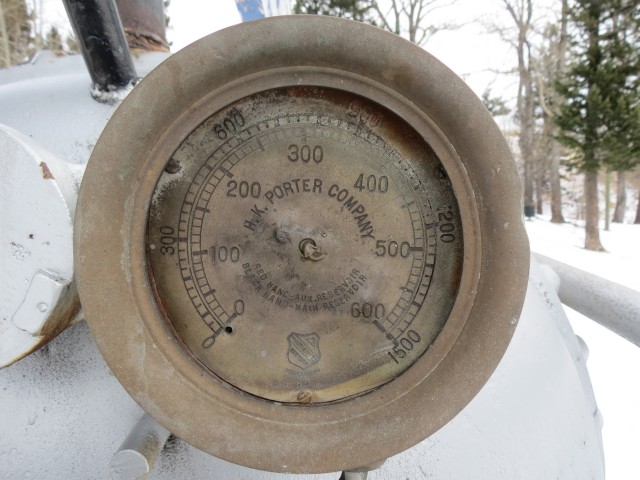
This locomotive ran on compressed air and this was its “gas gauge”.
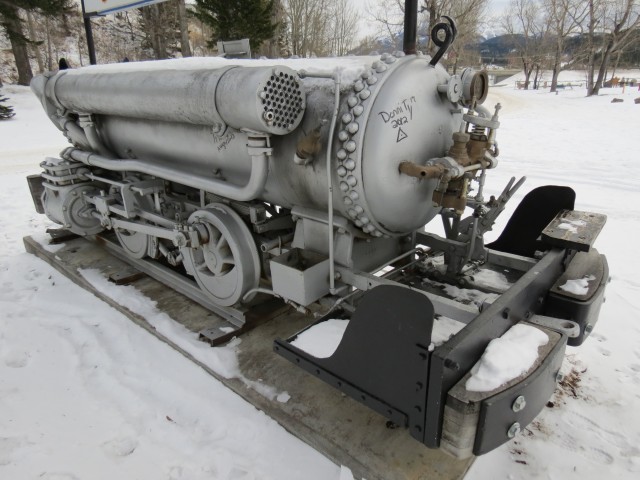
Similar locomotives can be found at Calgary’s Heritage Park.
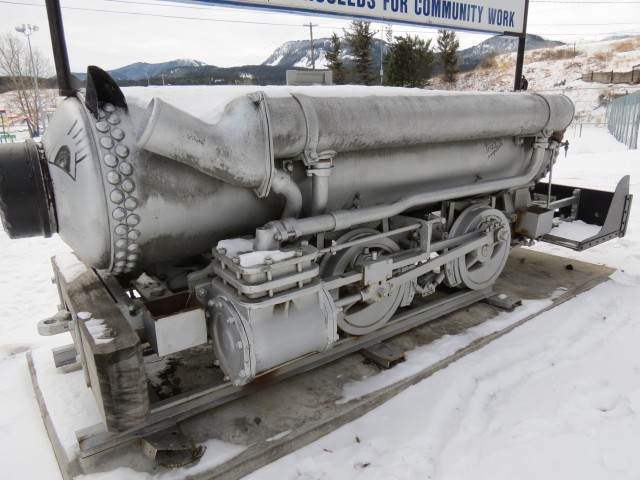
Running on compressed air meant it was safe for use in dangerous coal mines.
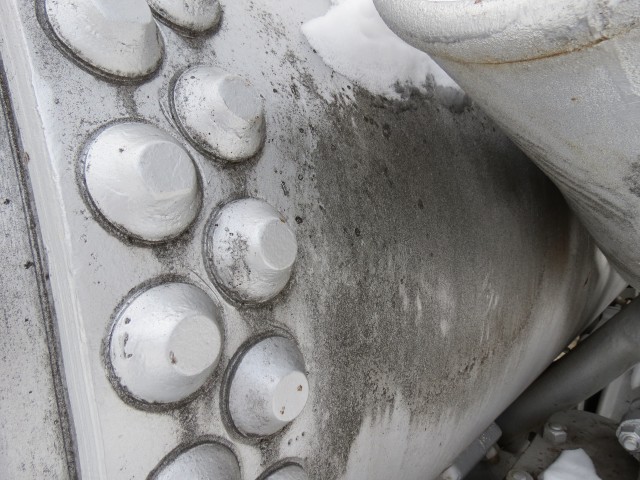
Before welding, rivets were used to join metals.
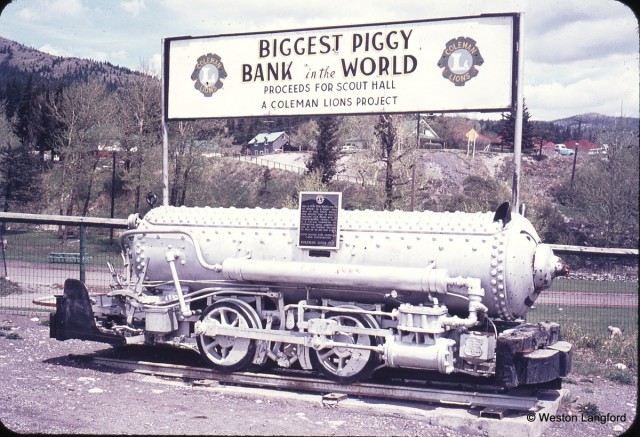
The loco seen in 1970, courtesy of Weston Langford.


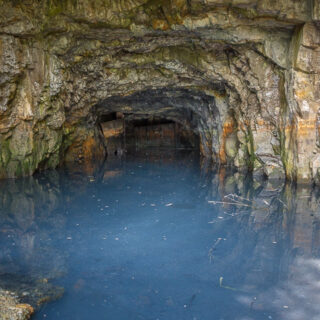
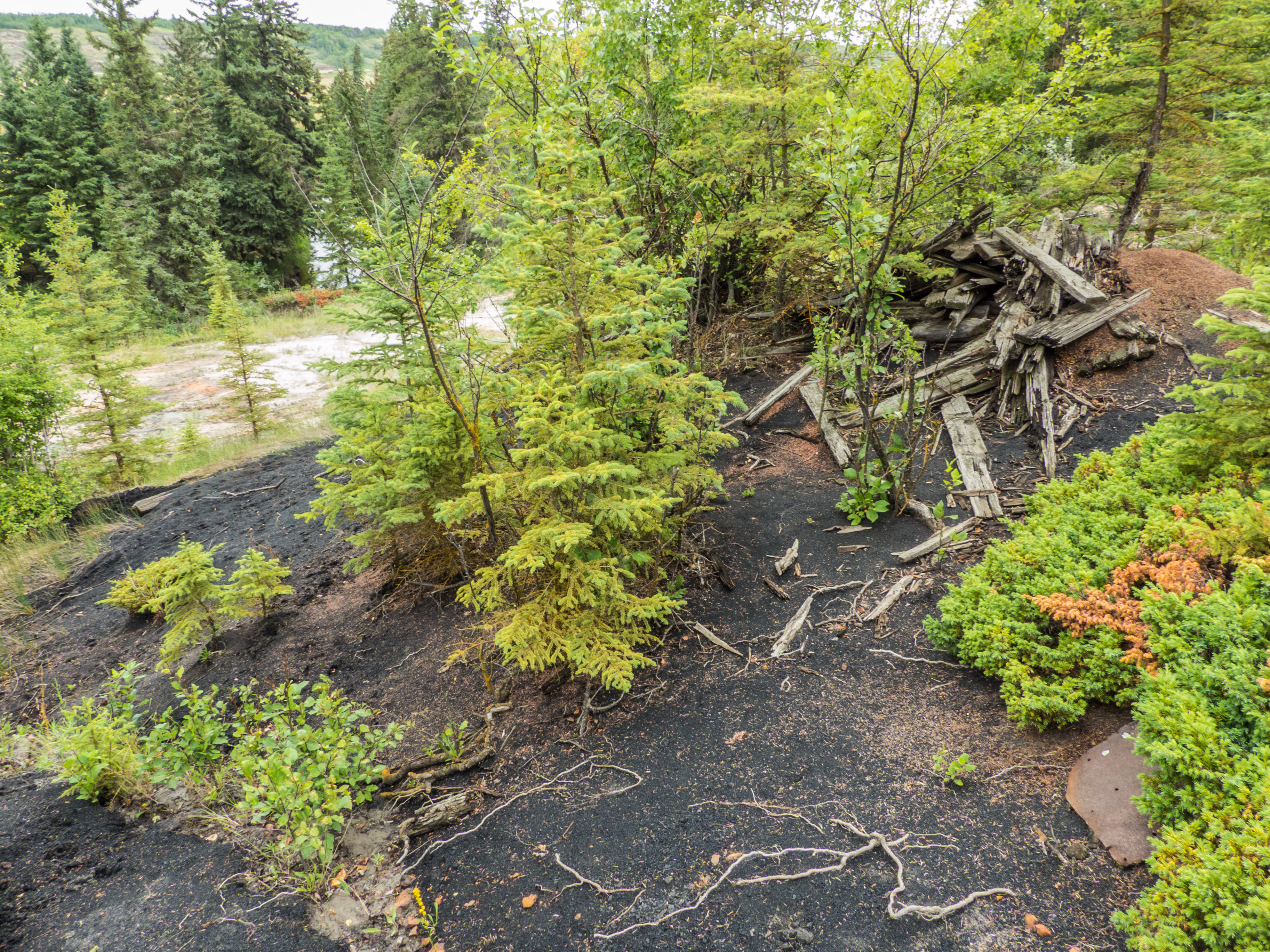
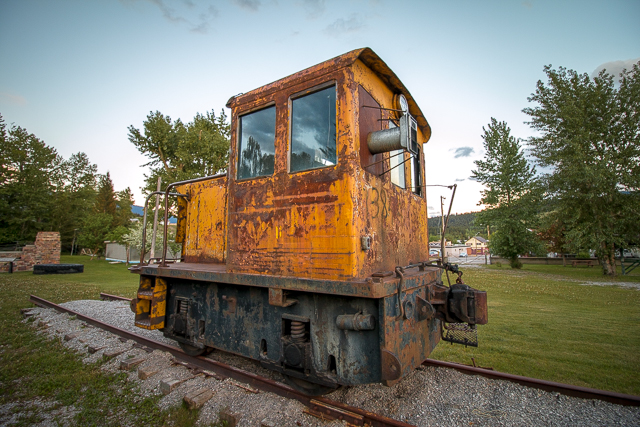
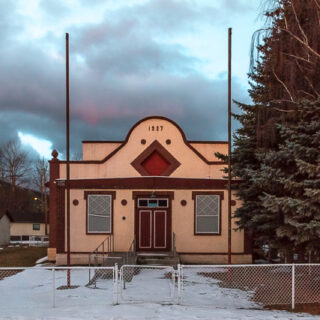
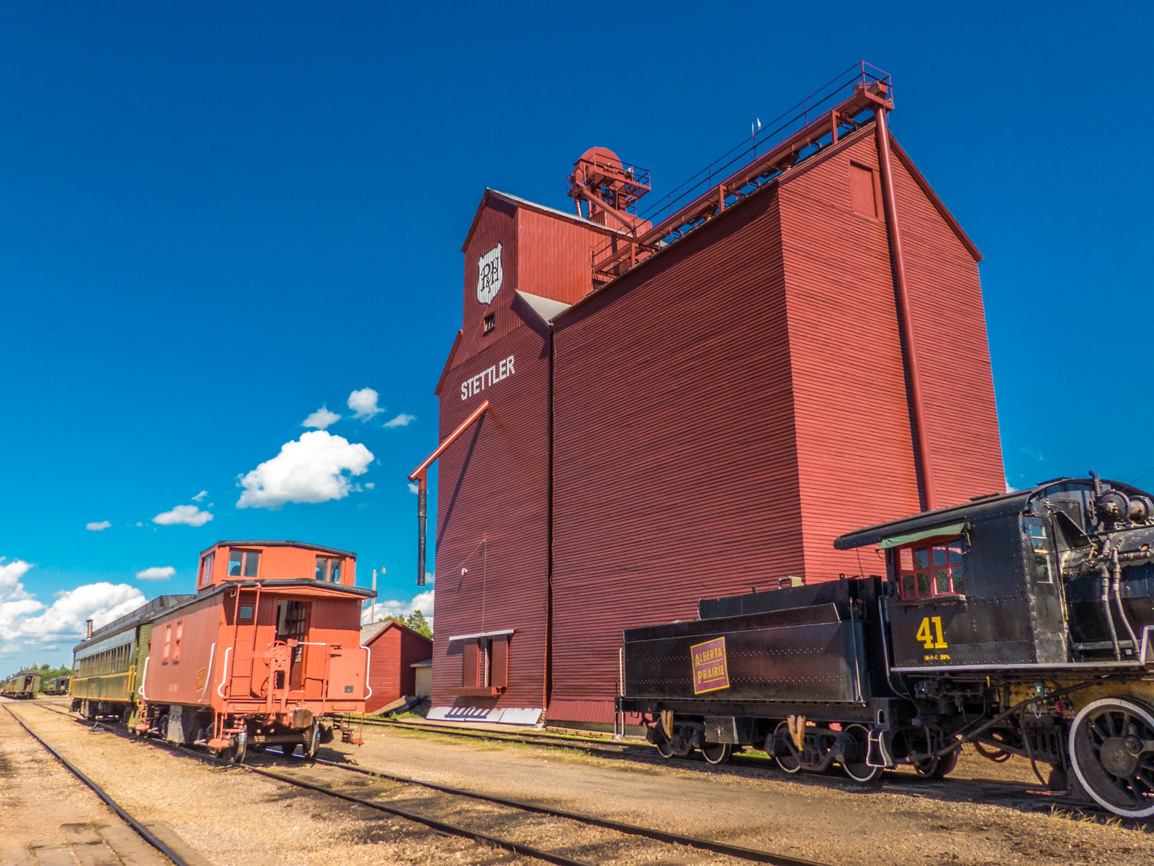
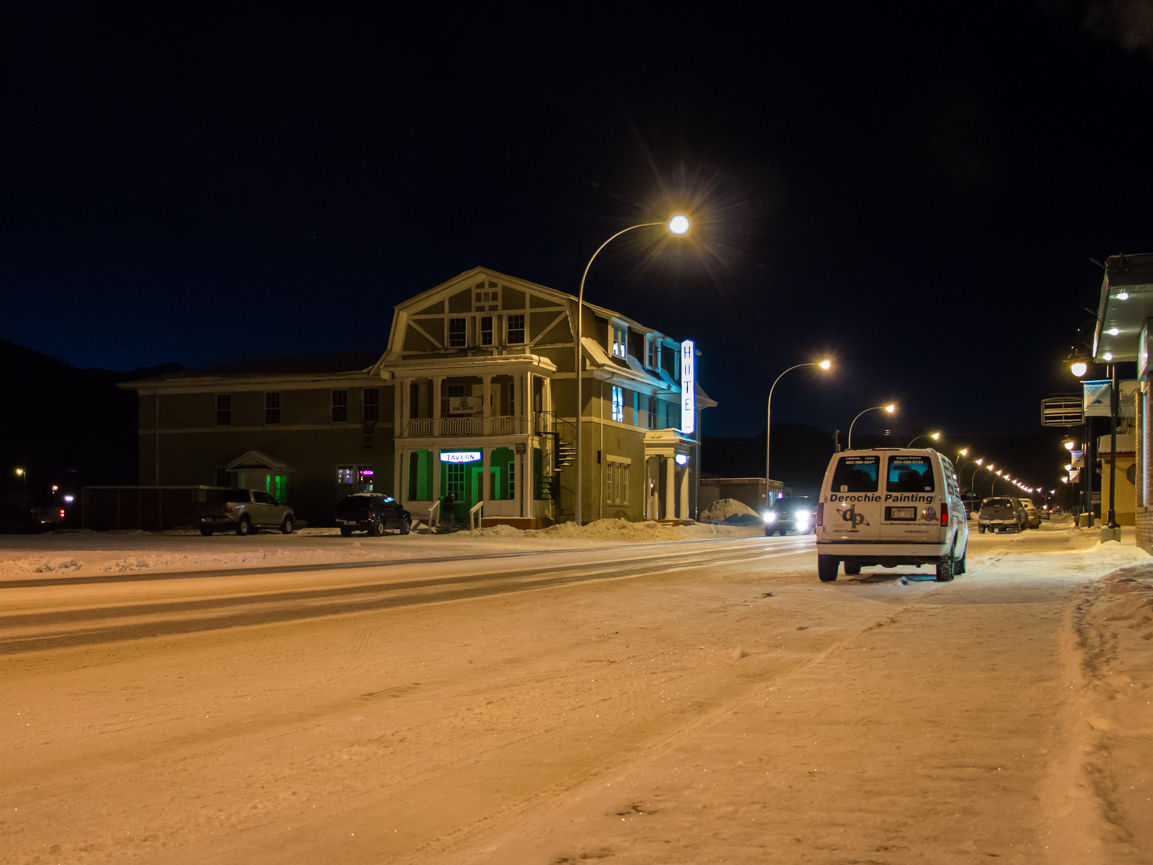
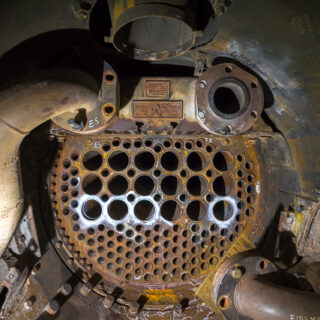
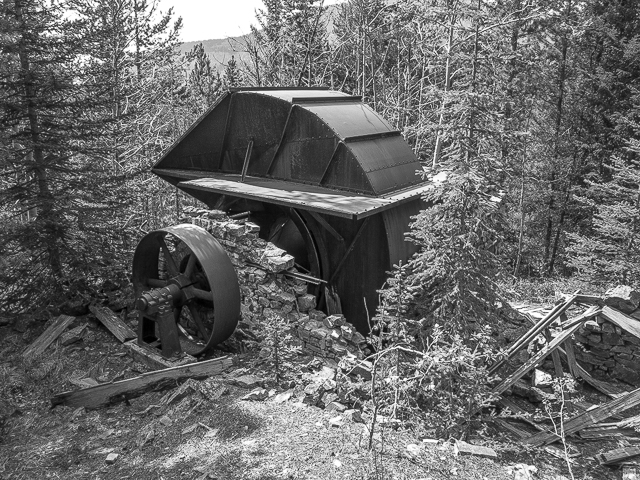
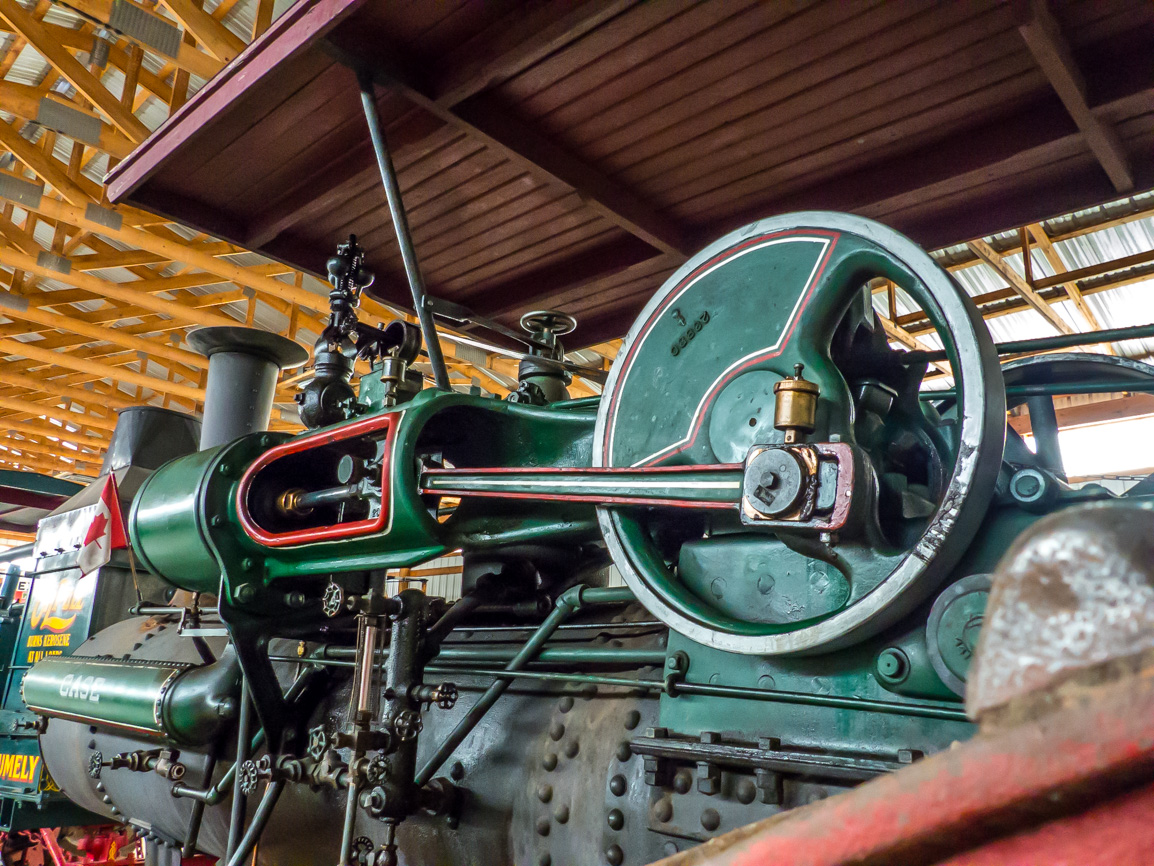
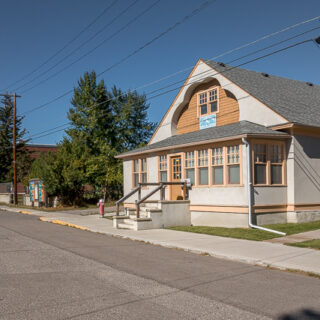
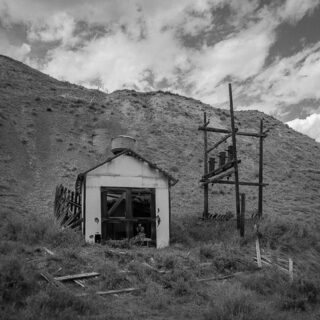







My grandfather actually drove this thing…
Interesting, would love to hear more!
Our kids make sure we stop here every time we pass through. They must have put hundred of dollars in that bank over the years.
I have a picture of this loco from 1969. Me and my sisters dumped a whole roll of pennies in it, one coin at a time!